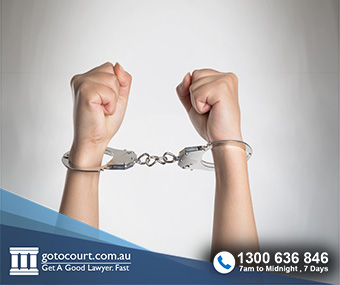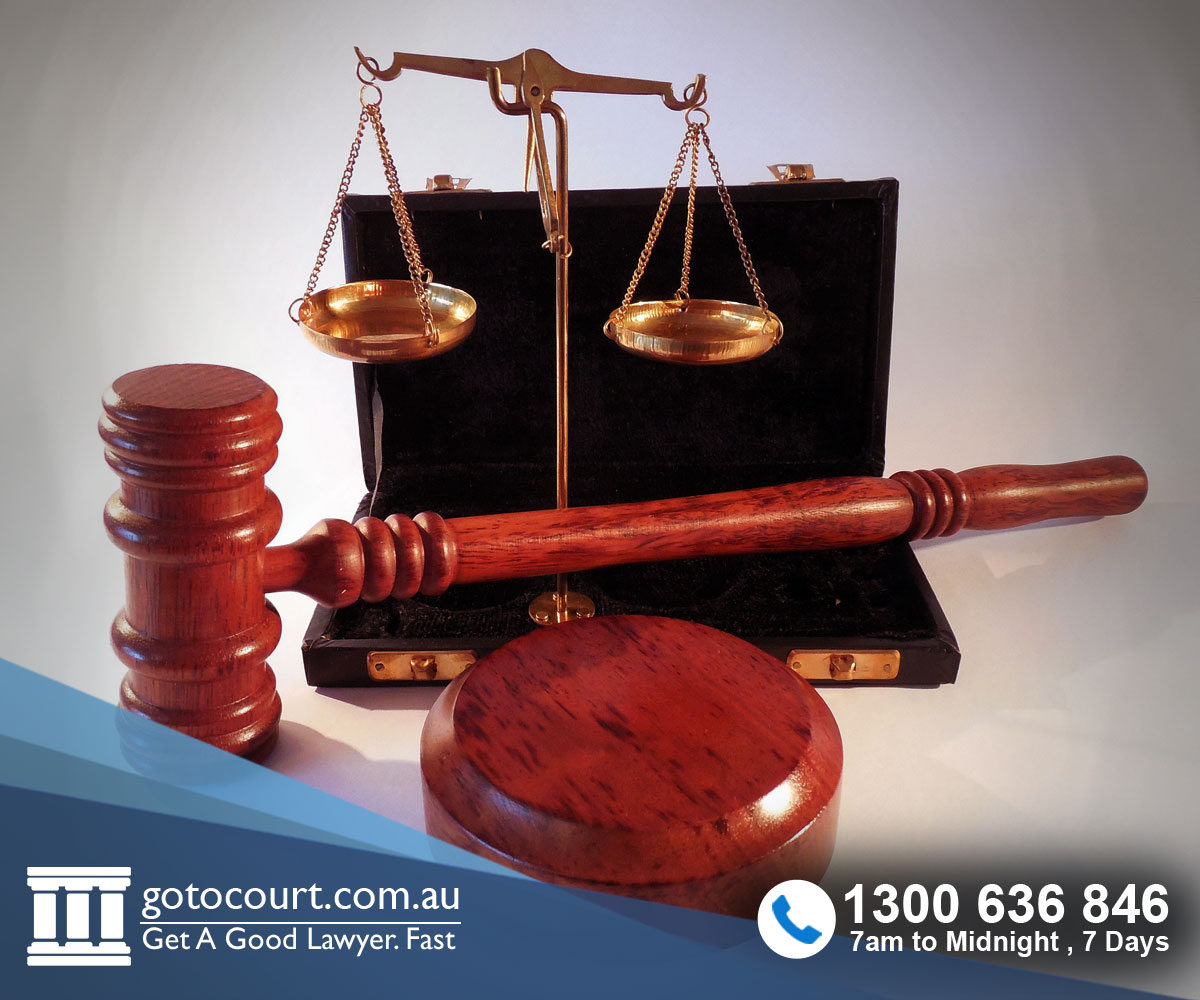The Defence of Self-Defence (Vic)
Self-defence has been an ever-evolving common law defence, which was only codified in Victorian legislation in 2005. The legislative defence of self-defence was originally limited to murder and manslaughter, while the common law defence could be argued in relation to other violent offences. In 2014, a new part of the Crimes Act 1958 was included that sets out a single self-defence provision for all offences. This is located at Section 322K and applies to all offences alleged to have been committed on or after 1 November 2014.
What is self-defence?
Section 322K of the Crimes Act provides:
- A person is not guilty of an offence if the person carries out the conduct constituting the offence in self-defence.
- A person carries out conduct in self-defence if –
- The believes that the conduct is necessary in self-defence; and
- The conduct is a reasonable response in the circumstances as the person perceives them.
Belief in necessity
The requirement for the accused to have believed their actions were necessary is taken from the 1987 decision of Zecevic v Director of Public Prosecutions. This test is subjective, meaning the court must be satisfied that the accused believed what he or she did was necessary in self-defence. It does not involve a consideration of what a “reasonable person” would have believed to have been necessary. If the accused genuinely believed their conduct was necessary, it does not matter if that belief was mistaken (R v McKay [1957] VR 560.
It is important to note that if an accused person was intoxicated at the time of engaging in conduct that they believed to have been necessary in self-defence, their intoxication will be taken into account when assessing whether they believed their conduct was necessary. However, intoxication will not be taken into account when considering whether the conduct was a reasonable response in the circumstances.
Reasonable response
If the court is satisfied that the accused believed their actions were necessary in self-defence, it must then consider whether those actions were reasonable in the circumstances. This is an objective test, but it must be determined in light of the circumstances as the accused perceived them.
In the 2013 decision of Flanagan v R the court held that the reasonableness of the response should be looked at in terms of the proportionality of the conduct in the circumstances. In the 2006 decision of Ward v R, the court found that the personal attributes of an accused person such as their age, gender and state of health should be taken into account when determining whether the response was reasonable as well as the surrounding circumstances.
The defence of self-defence is complex and a multi-step process must be followed to determine whether the defence succeeds. At its simplest, self-defence can be raised if the accused believed their conduct was necessary in response to a threat and was a proportionate response to that threat.
Burden of proof
While the defence of self-defence is raised by the defence in a criminal proceeding, a reverse onus applies. This means that it is the prosecution that must prove that the accused was not acting in self-defence.
The defence of self-defence based on a history of family violence
The defence of self-defence may be advanced in relation to a threat of family violence even in circumstances where the threat is not immediate. Section 322J of the Crimes Act defines family violence broadly as violence that is committed against a person by a family member including a partner, ex-partner, parent, child or other member of the household. Violence includes physical abuse, sexual abuse, psychological abuse, harassment or threats and the exposure of children to violence.
Where the defence of self-defence is relied upon in circumstance where the accused was the victim of family violence, evidence of past family violence can have a bearing on the accused’s belief in the necessity of their actions in responding to a threat. Where family violence is alleged some extra evidence can be taken in to account for the purposes of determining whether the accused’s response was reasonable. This includes evidence of:
- The history of the relationship including whether there has ever been violence between the parties previously or to any other family member;
- The cumulative effect of any previous violence;
- The consequences of what separation from the abuser would be;
- Social or economic factors that have an impact on the relationship.
Conclusion
The defence of self-defence is often relevant in offences involving violence, such as unlawful assault, intentionally or recklessly causing injury (or serious injury), manslaughter or murder. It is common where some form of argument has occurred and a determination needs to be made as to whether the accused went too far.
If you would like legal advice in a criminal matter or in any other legal matter, please contact Go To Court Lawyers.








